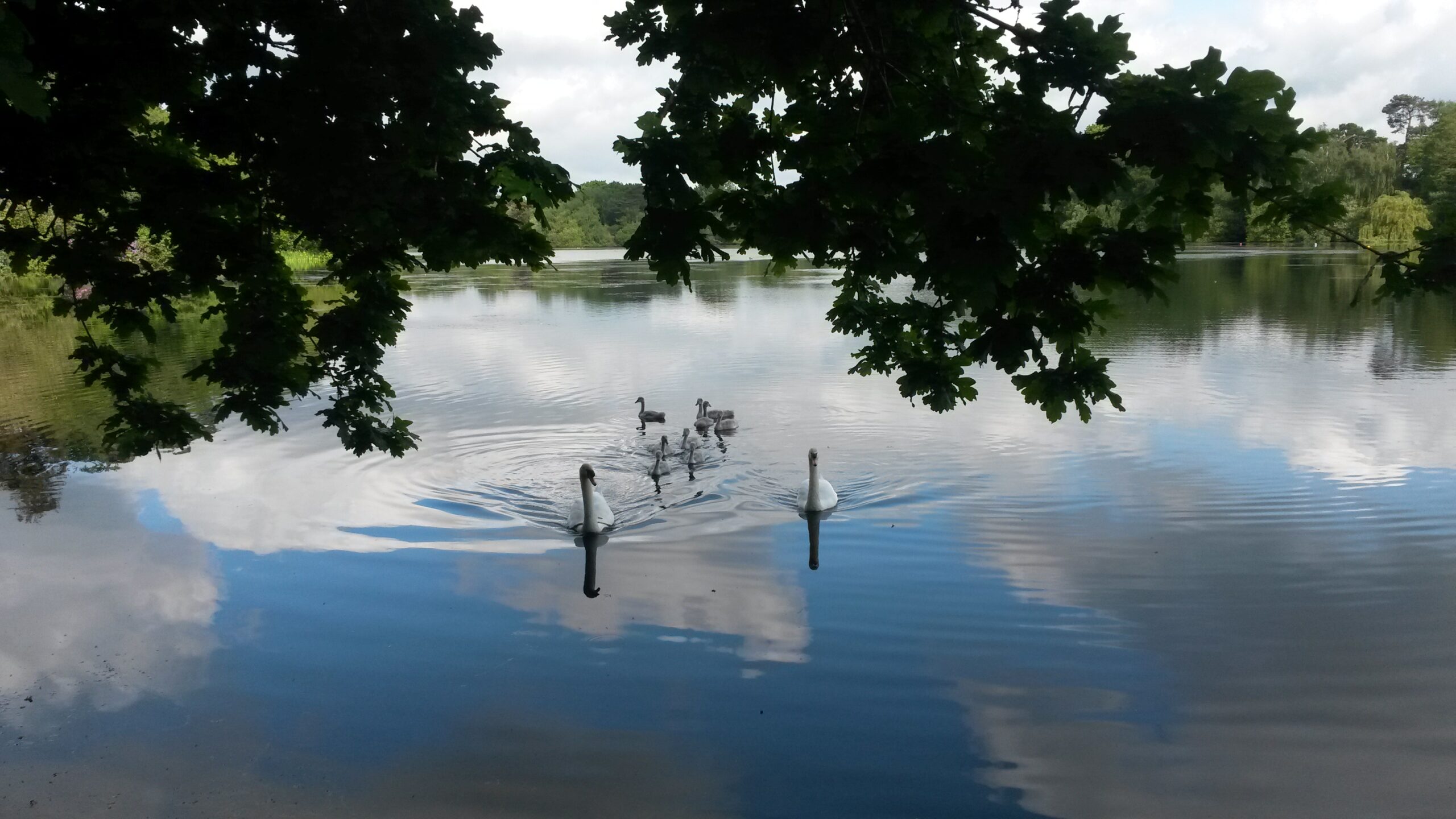The theme of this year’s Mental Health Awareness Week is nature. There is increasing evidence to show how important a connection with nature is for our mental health and wellbeing.
Research carried out by the Mental Health Foundation into the effects of the pandemic showed:
Going for walks outside was one of our top coping strategies and 45% of us reported being in green spaces had been vital for our mental health
At the same time, data also shows how many people don’t have access to outside space or struggle to fit time to enjoy it into their busy lives.
One of the Mental Health Foundation’s aims for this week is to inspire more people to connect with nature in new ways. Holding a walking meeting is one way that you could introduce that connection to your life, while still achieving your work-related commitments.
But what are walking meetings? What are they for? And what do you need to think about if you’re going to give it a try?
Benefits of walking meetings
Simply put, a walking meeting is the same as any other kind of meeting, but the action takes place while you are outside and moving around instead of sitting still. You and your colleague(s) get together outdoors to discuss your project, update on your work or find solutions to problems.
The benefits of this approach are wide-ranging, from exercise and fresh air, to new perspectives and solutions, to less pressured connections and more relaxed conversation.
We may also find that as we begin to return to more in-person contact, the opportunity to rebuild those connections feels more comfortable if we are outdoors instead of cooped up in a stuffy meeting room. For those of us who continue to work from home, a walking meeting offers the joy of seeing other people in real life and not just via a screen.
As one of my LinkedIn connections said when I asked people to share their experiences:
I love the energy of a walking meeting – it feels super productive to be chatting while moving and I’m sure the fresh air and different environment is conducive to idea generation.
And another contact said:
After this long lockdown it is just lovely to see someone face-to-face!
Types of walking meetings
You can use this approach for a whole range of meetings, here are a few ideas to get you started:
1-2-1 with your manager
Sometimes it is easier to discuss challenges you are facing when you are not sitting face to face. A walking 1-2-1 allows for more open communication without the intensity of being under someone’s direct gaze.
Informal catch up
A conversation with no set agenda offers a chance to connect or re-connect with your colleagues.
Team meetings
It is possible to hold walking meetings for larger groups, you just might need to be a bit more organised. You won’t all be able to hear everything that everyone says, but you could try walking in pairs and swapping regularly to speak to someone else.
Coaching session
As my friend and positive psychologist, Lucy Whitehall, puts it, coaching outdoors gives you “A change of pace. A change of scenery.” This opportunity to take time out for you and to see things differently can be invaluable, both for insight and general wellbeing.
Networking
A couple of weeks ago I went to my first netwalking meeting, co-hosted by Nicolette Evans from Nature Works Wonders. This was an opportunity to meet new people and get some exercise at the same time. The guided walk was really fun and provided lots of things to see, so there was always something to talk about – much better than those awkward pauses you can get at traditional networking meetings.
Things to think about
When planning a walking meeting, there are a few things you need to consider. These will help to make your meeting more successful.
- Keep it simple. A complicated agenda will make the whole experience feel stressful and that is not the aim of the game here. One or two points for discussion will be plenty.
- Accessibility. Be aware of the differing needs of attendees. Some may need a step-free walk or to go at a slower pace; others may need to understand the route before you set out; others may need a set up that ensures they can lip-read their fellow walkers. Everyone needs to feel comfortable and included.
- Location of your walk. Somewhere that is noisy or with difficult terrain won’t be conducive to relaxed conversation and connection. A local park or quiet streets will be ideal.
- The weather. Be prepared for the conditions – coats, umbrellas, sun screen, sun hats, whatever is going to keep you comfortable. And don’t be put off if it’s raining – as Tom Russell, Co-founder of Inky Thinking, told me “Great conversations can be had in rain or shine.”
- Timing. How long will you walk for, what time of day is best. Walking at the start of the day can be a great way to set up for the day ahead. A turn round the local park after lunch can really help to avoid the post-sandwich slump.
- Recording. A walking meeting probably isn’t the best option for meetings that require lots of supporting materials or notes to be made. But even for other types of meetings, you might want to capture some action points or lightbulb moments. So think about how you are going to do that on the move. Personally I like to take a notepad and pen, but you might prefer to record a voice note on your phone. Choose the method that works best for you.
Have you used walking meetings? If so, please get in touch to tell me how it works for you. What would your top tips for success be?
Until next time
Sarah

